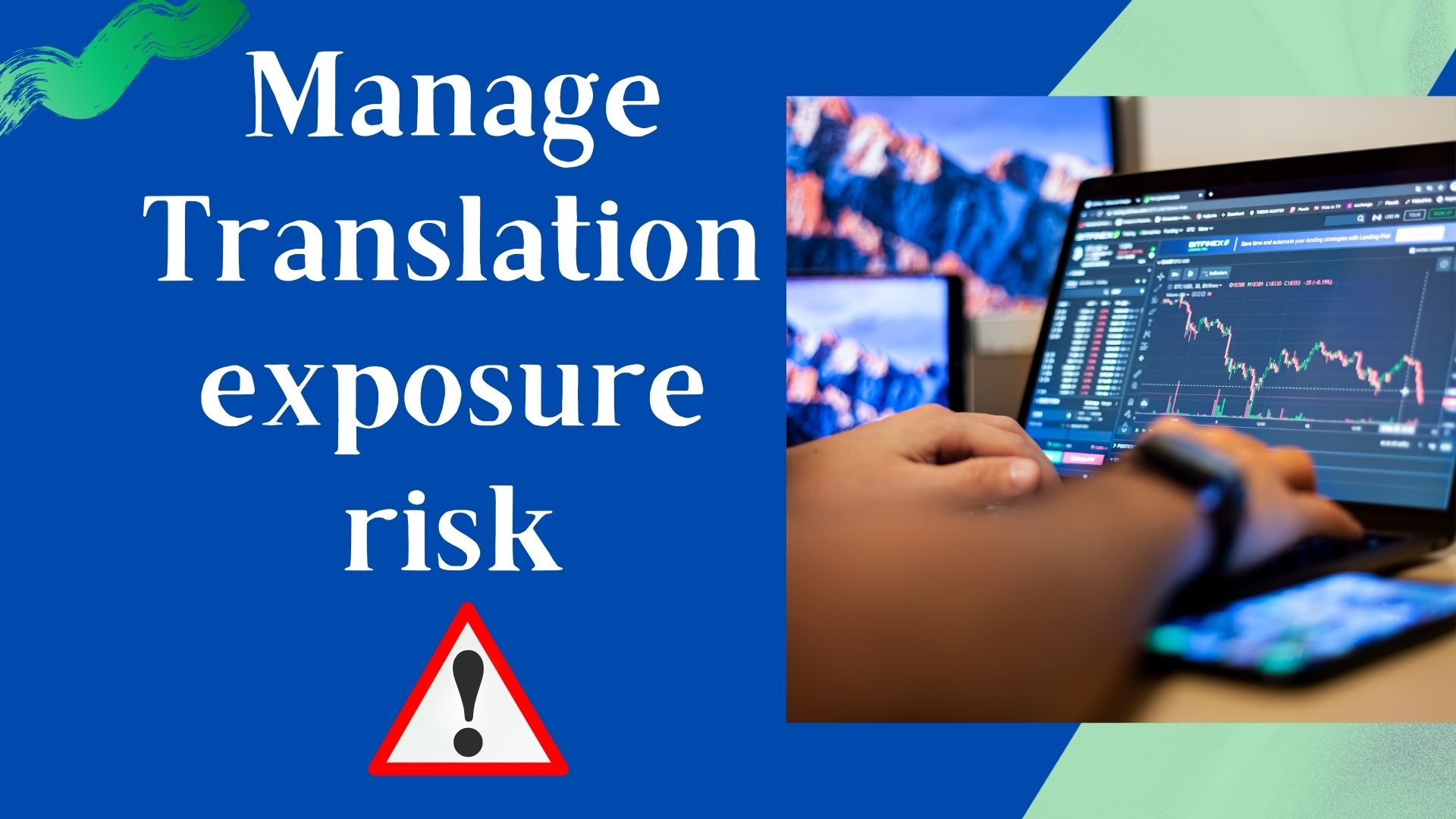Suddenly the share price falls, wiping off your investment in that share. Sad right, same is the case with foreign exchange transactions. Just like the stock market where prices are volatile and fluctuate every now and then. Foreign exchange rates also fluctuate and change responding to internal and external factors. Translation exposure is a risk that stems from foreign exchange rate fluctuations. After all, there is an inherent risk involved when you trade or deal in foreign exchange, making translation exposure a byproduct of it.
Table of Contents
What is Foreign exchange risk?
Let us know the birth origin of translation exposure to get a better understanding. Foreign exchange risk is experienced by all the banks, corporates, and individuals. When you export or import a product or service, you may benefit or lose due to Fx rate changes every day. Foreign exchange risk fluctuates due to various factors both internal and external. Fx risk management is crucial to ensure consistent returns.
Types of Foreign exchange risks
There are 3 types of risks that stem from fx risks are discussed below:
- Translation exposure or accounting exposure
Changes in exchange rates may cause a change in the already reported “Owner’s Equity” in the consolidated financial statements. When the financial statements of the firm start reporting losses when converted into foreign currency using a foreign exchange rate is called translation exposure risk. In this case, the financial statements are reported in the home currency to reflect the financial position correctly or a hedging strategy is used to reduce the translation risk exposure and mitigate such risks at all levels.
- Operating exposure
A change in exchange rates may cause a change in the expected future cash flows. It is also known as Economic exposure, Competitive exposure, Operating exposure, or Strategic exposure. It represents the changes in the present value of the firm, resulting from changes in future operating cash flows due to changes in exchange rates.
- Transaction exposure
Changes in exchange rates may impact the settlement of obligations entered into, before the change in exchange rates. It represents the changes in the value of outstanding financial obligations due to changes in exchange rates. The transaction exposure reflects the risk of change in the value of the outstanding amounts due to foreign exchange fluctuations.
Transaction exposure measures the gains or losses that arise from the settlement of existing financial obligations. It may arise from:
- Purchasing or selling on credit when prices are stated in foreign currencies.
- Borrowing or lending funds when repayment is to be made in foreign currencies.
- Being a party to an unperformed forward contract.

What is Translation exposure?
Basically, translation exposure arises when the values stated in financial statements change due to foreign exchange rate changes. The fx rate fluctuation directly impacts the financial statements which have already been released at a rate different from today’s fx rate. It arises during the consolidation of financial statements of foreign subsidiaries into the parent group’s financial statements. It may also affect the value of assets and liabilities already reported. If the exchange rates prevailing during the previous accounting period have changed, there will be a translation or restatement of the assets, liabilities, incomes, and expenses thus resulting in foreign exchange gain or loss. It is also called Accounting exposure risk.
How to manage Translation risk exposure?
Translation exposure risk can be mitigated by using appropriate translation techniques or translation risk management methods. These translation methods are used to hedge risk for corporates.
There are 4 Translation risk management methods explained in detail:
- Monetary and Non-monetary method
Items that represent a claim to receive or an obligation to pay are called monetary items. (examples of monetary items would be accounts payable, accounts receivable, long-term debt, and also cash). The physical assets or liabilities are called non-monetary items. (examples would be inventory, fixed assets, and long-term investments. The monetary items are translated at the current rates whereas the non-monetary items are translated at the historical rates. Income statements are translated at an average exchange rate, except for revenue and expense items related to non-monetary assets and liabilities.
This creates a situation where the items like depreciation and cost of goods sold are translated at the historical rates. Income and expense items like sales and other costs (except for depreciation and cost of goods sold) are translated at average rates for the period. This helps in mitigating translation risk exposure to some extent.
- Temporal method
It is a modified version of the monetary and non-monetary methods. The only difference is that here the inventory should be translated at the current rate if the inventory is shown on the balance sheet at market values. Whereas in the monetary and non-monetary methods it is always translated at historical rates. The income statement is translated at average rates and the cost of goods sold and depreciation is translated at historical rates. This method helps to curb translation risk exposure by taking into account realistic values.
- Current and Non-current method
This method differentiates between assets and liabilities on the basis of their maturity. Hence, all current assets and current liabilities are translated at the current exchange rate. In contrast, all non-current assets and liabilities are translated at historical rates. Items of the income statement are translated at an average rate for the period except for the items related to non-current assets as explained before. Thus reducing translation risk exposure.
- All Current method
This method suggests that all balance sheet and income statement items should be translated at current rates. Helping mitigate translation risk exposure and reflecting current values.

Because of such diversity in translation methods the choice of a particular method can have a significant effect on the financial results of the company. However, the principle of consistency is followed.
Which Translation exposure risk management method is better?
Well, all of the above-mentioned translation exposure risk management methods have their own way of mitigating this risk based on the treatment of financial transactions. However, the current and non-current method values its long-term debts at a historical rate. Hence, it can be said to be the least realistic.
A number of studies have compared the temporal method with the current rate method. These studies have basically measured the “Earnings response coefficient” that is actual minus the expected earnings. It has also been observed that the earnings response coefficients of US multinationals actually improved when the current rate method was adopted. The current rate method seems to have improved the information quality of accounting earnings for multinational corporations.
Since these various methods are recognized by the accounting professions in most parts of the world and followed very variably, the identification of accounting exposure and the corresponding effects on the balance sheet and income statement is said to be an arbitrary process. However, the outcomes of such processes have little to do with the cash flow effects on a company’s foreign operations.

FunFact:
Sri Lanka is facing a forex crisis and is looking out for ways to attract investors to rebuild its forex reserves. India has been instrumental in providing credit lines worth $500M to Sri Lanka.
How do you deal with translation risk exposure?


